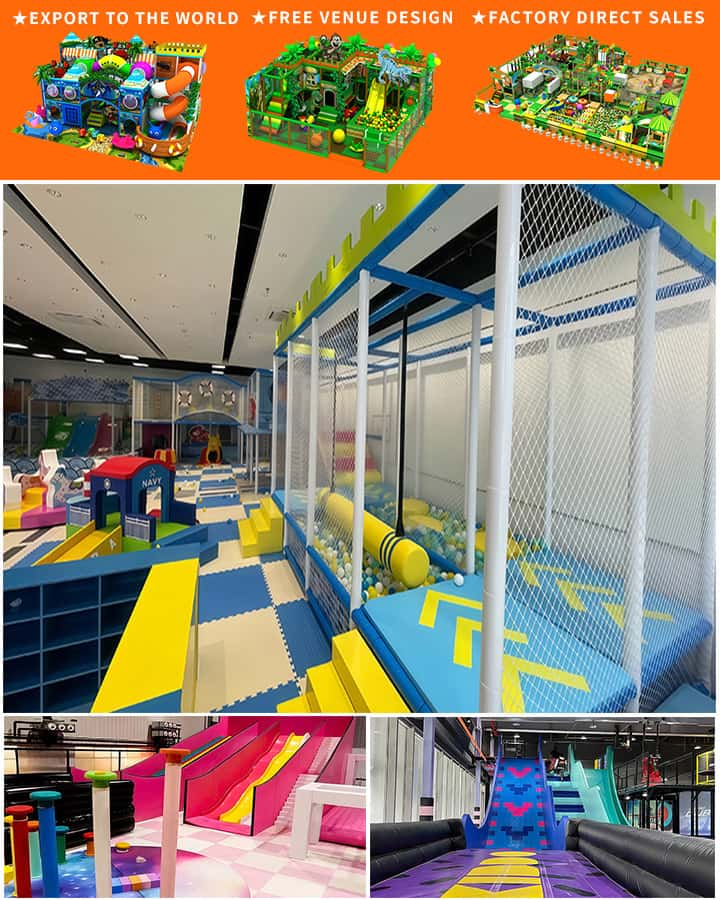In recent years, the demand for indoor play equipment has surged, driven by a growing awareness of the importance of physical activity and imaginative play in children’s development. From trampolines to climbing walls, these facilities have become a staple in homes, schools, and dedicated play centers. However, the cost associated with installing and maintaining such equipment can be substantial. This article explores the various costs involved in acquiring indoor play equipment and offers insights on how to balance fun with financial prudence.
Understanding the Basics: Types of Indoor Play Equipment
Before delving into costs, it’s essential to understand the variety of indoor play equipment available. Common categories include:
- Climbing Structures: These range from simple jungle gyms to complex climbing walls and are designed to enhance motor skills and coordination.
- Trampolines: Both small and large versions exist, suitable for different age groups and space constraints.
- Slides: Often paired with climbing structures, slides come in multiple designs and sizes.
- Interactive Play Systems: These might include ball pits, interactive panels, and multi-functional play sets that encourage social interaction and creativity.
- Gymnastic Mats and Equipment: Essential for tumbling, these mats are often used in conjunction with other equipment like balance beams.
Breaking Down the Costs
The cost of indoor play equipment can be divided into several components: initial purchase price, installation fees, safety features, and ongoing maintenance.

Initial Purchase Price
The upfront cost is arguably the most significant expense and varies widely based on the type and quality of equipment. For example:
- Basic Climbing Structures: Prices start around \(200 but can exceed \)1,000 depending on size and complexity.
- Trampolines: Portable options may be available for as low as \(150, while larger models with enhanced safety features can run over \)2,000.
- Slides and Climbing Walls: Typically, prices can range from \(500 to \)2,500 or more, depending on materials and construction.
- Interactive Play Systems: These can be particularly expensive, starting at around $1,500 and going up substantially for custom designs.
Installation Fees
Professional installation ensures that the equipment is set up correctly and safely but adds to the overall expense. Depending on the complexity of the setup and regional labor rates, installation fees can range from a modest \(200 for straightforward items to over \)1,000 for comprehensive systems.
Safety Features
Safety is paramount when it comes to children’s play equipment, which can add to the cost. Features such as soft flooring, padded edges, and impact-absorbing surfaces are essential but do increase expenses. Expect an additional 10-20% of the total cost to be allocated for high-quality safety components.
Ongoing Maintenance
While not immediate, ongoing maintenance is crucial for ensuring the longevity and safety of indoor play equipment. This includes regular inspections, cleaning, and potential repairs. Budgeting for annual maintenance could range between \(100 to \)500, depending on the frequency of use and wear and tear.
Budget-Friendly Tips
For families or institutions looking to install indoor play equipment without breaking the bank, here are some practical tips:
- Set a Budget: Determine a clear budget before shopping to avoid overspending. Prioritize essential items over less critical ones if funds are limited.
- DIY Installation: If you have the necessary skills and tools, consider installing simpler pieces yourself to save on labor costs.
- Used Equipment: Look for second-hand equipment in good condition through classified ads or specialized stores. Ensure they meet safety standards before purchasing.
- Multi-Purpose Equipment: Opt for versatile equipment that can be used in various ways to maximize investment value.
- Regular Maintenance: While this involves ongoing costs, keeping up with regular maintenance can prevent costly repairs down the line and prolong the lifespan of your equipment.
Conclusion
Investing in indoor play equipment can provide endless hours of entertainment and physical benefits for children; however, the associated costs can add up quickly. By understanding the different types of equipment, breaking down their costs, and employing budget-friendly strategies, parents and institutions can create a fun and safe environment without overspending. Striking a balance between cost and quality ensures that the investment in indoor play equipment is both enjoyable and financially sound.




